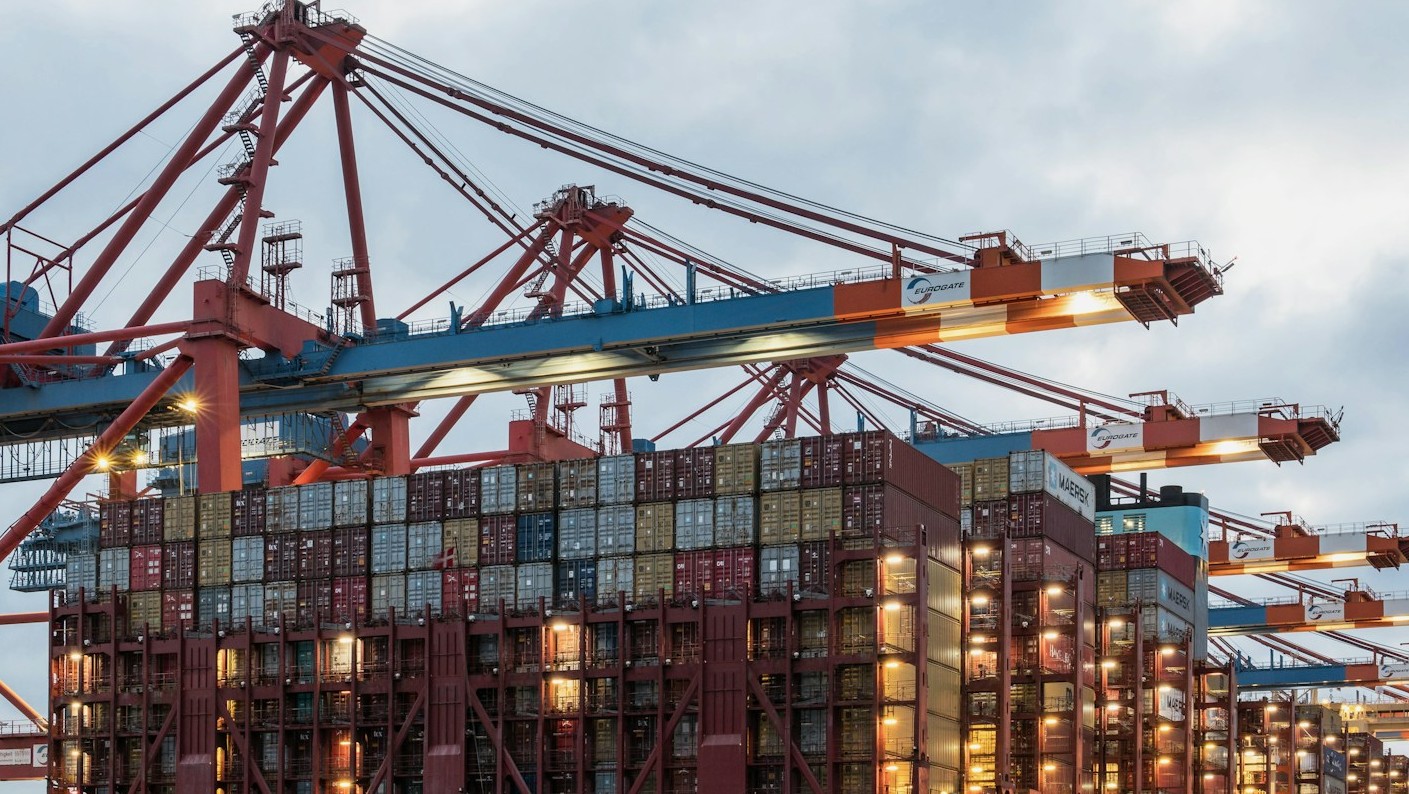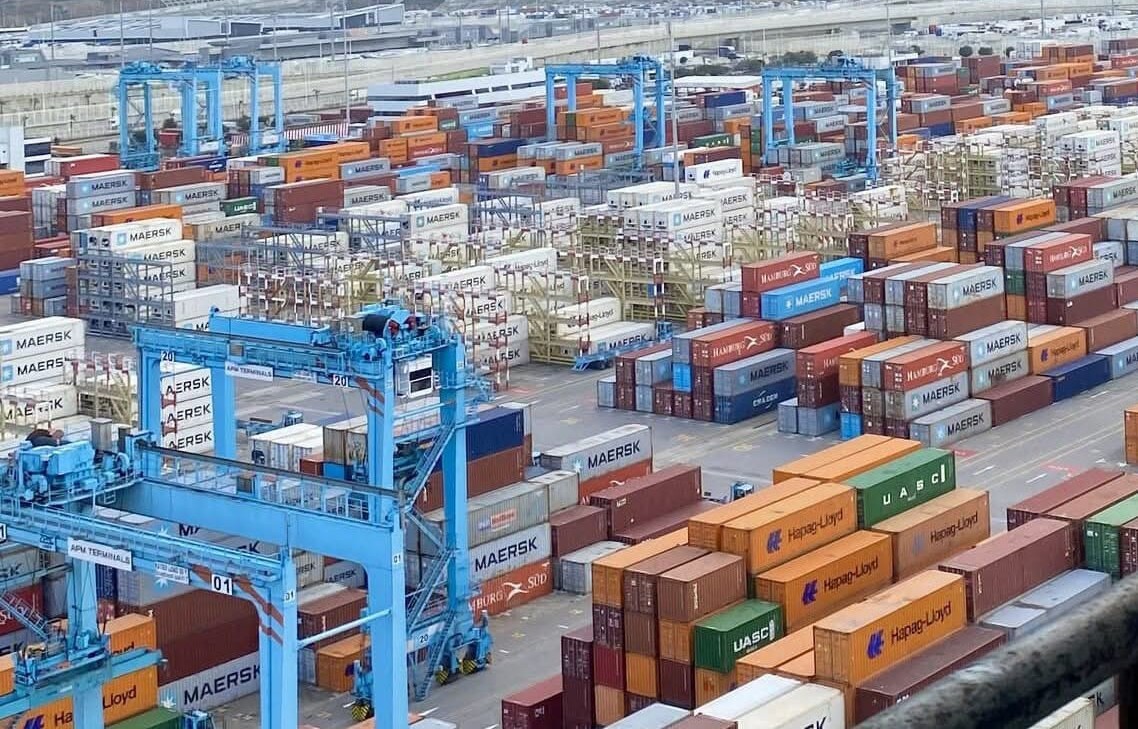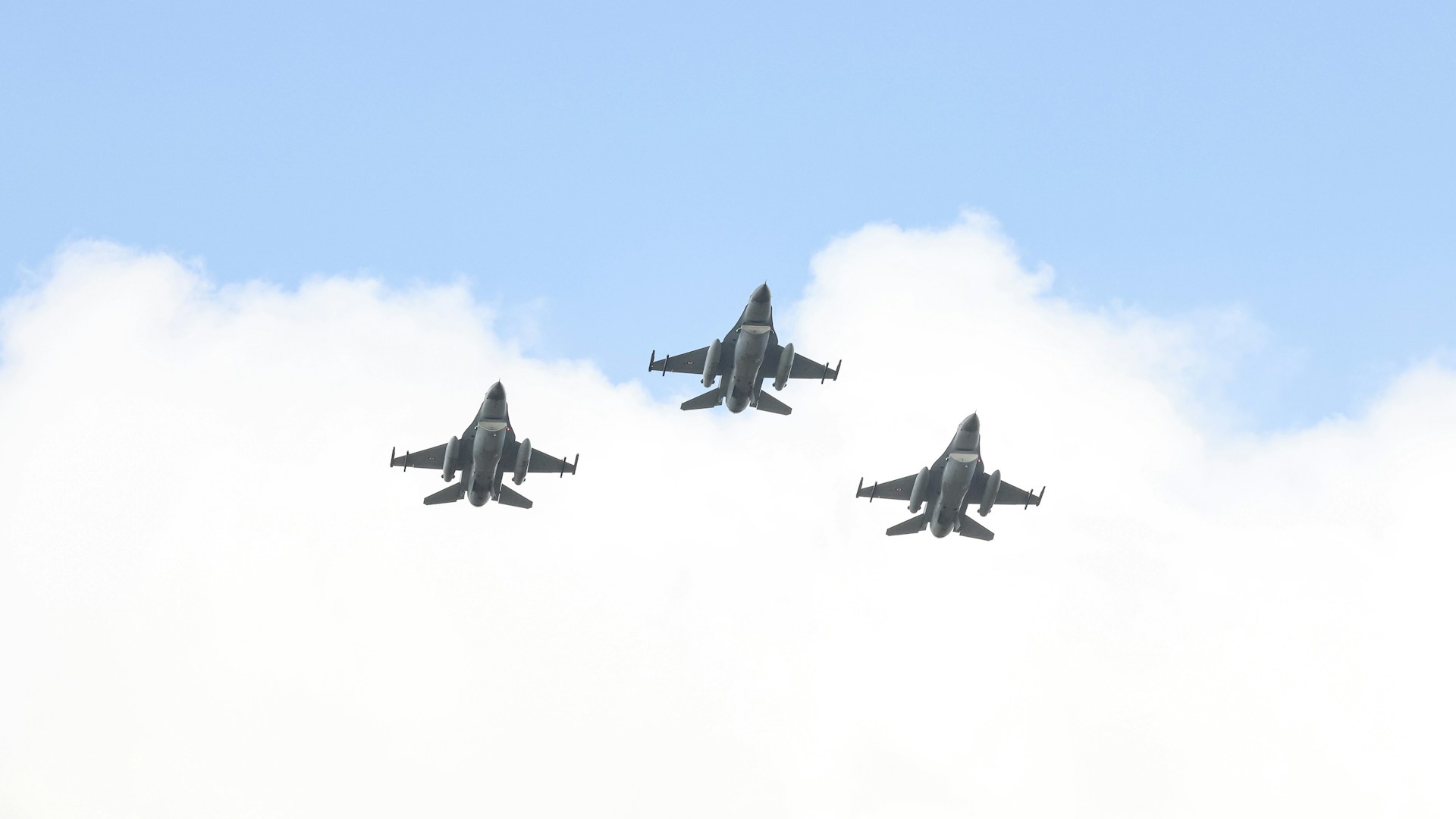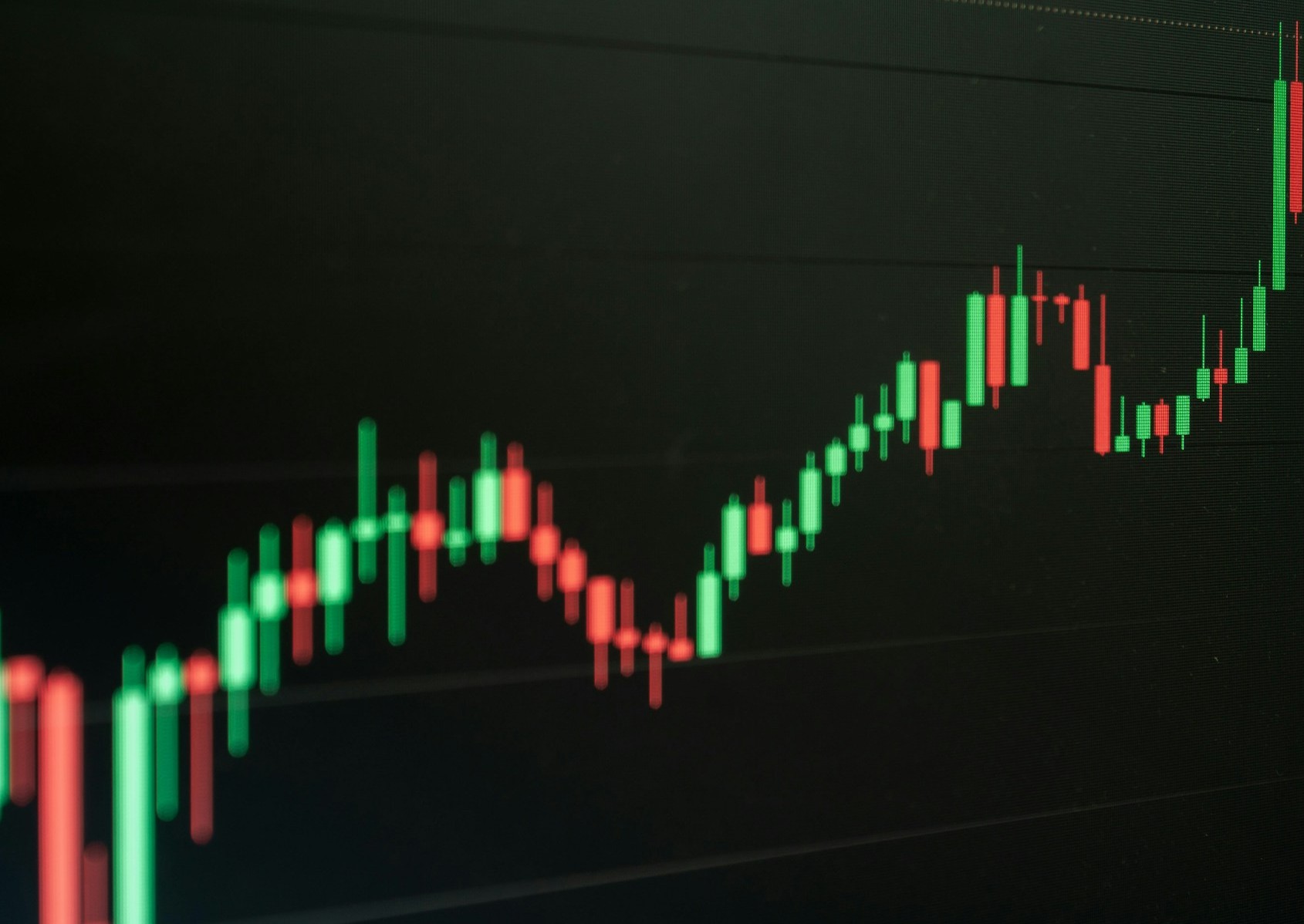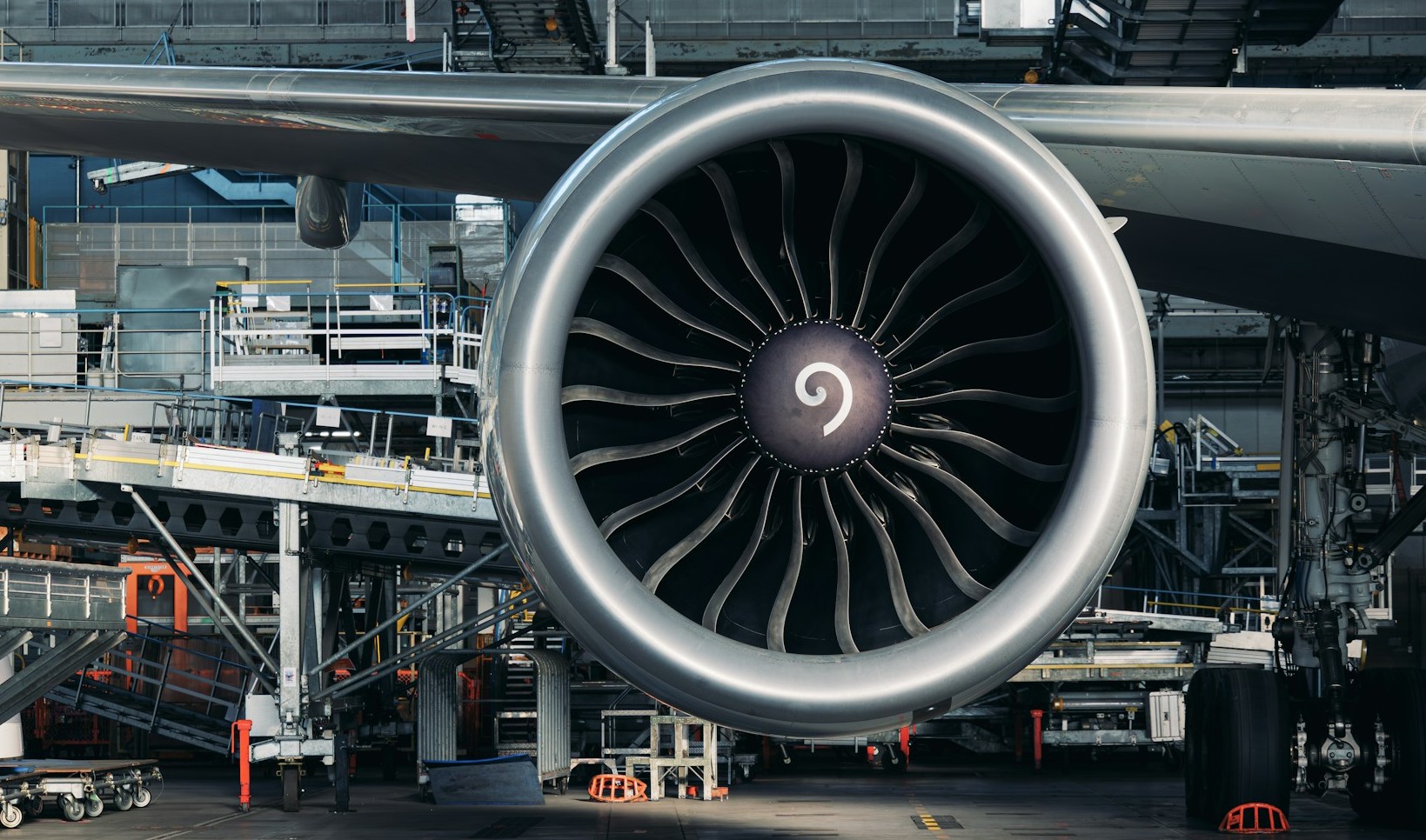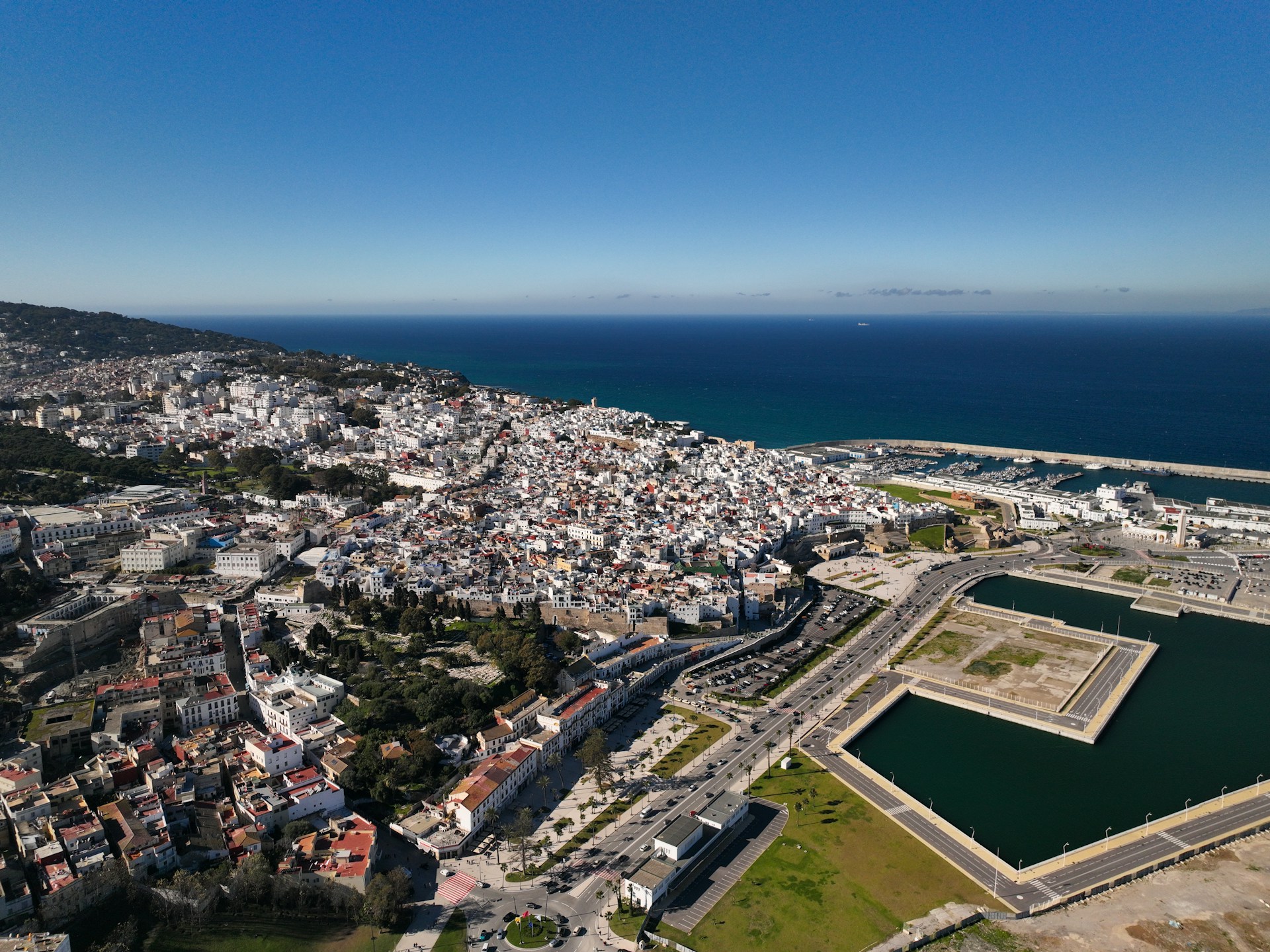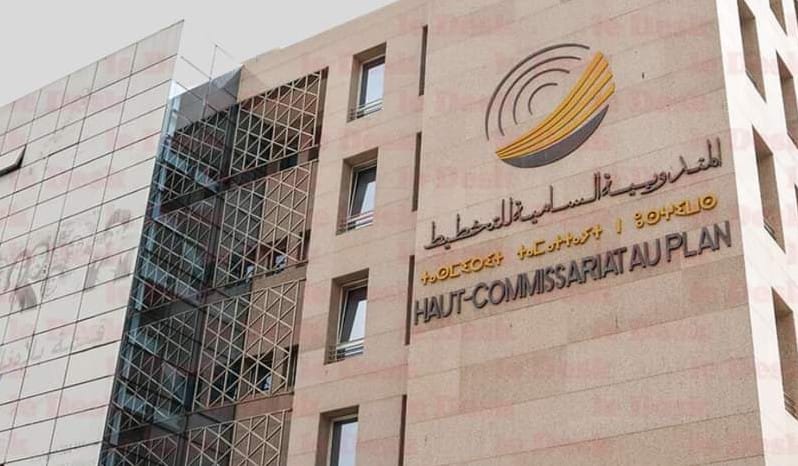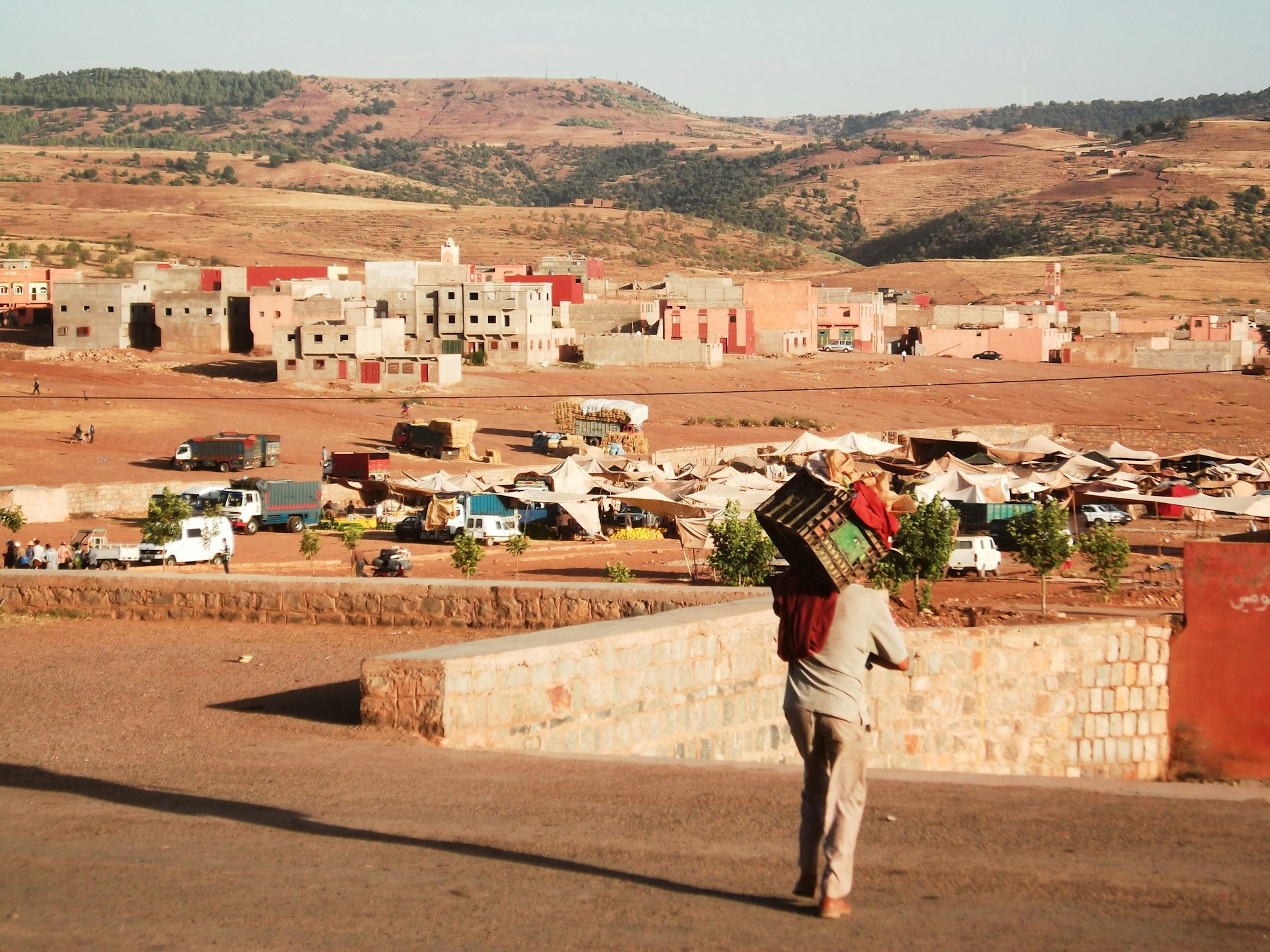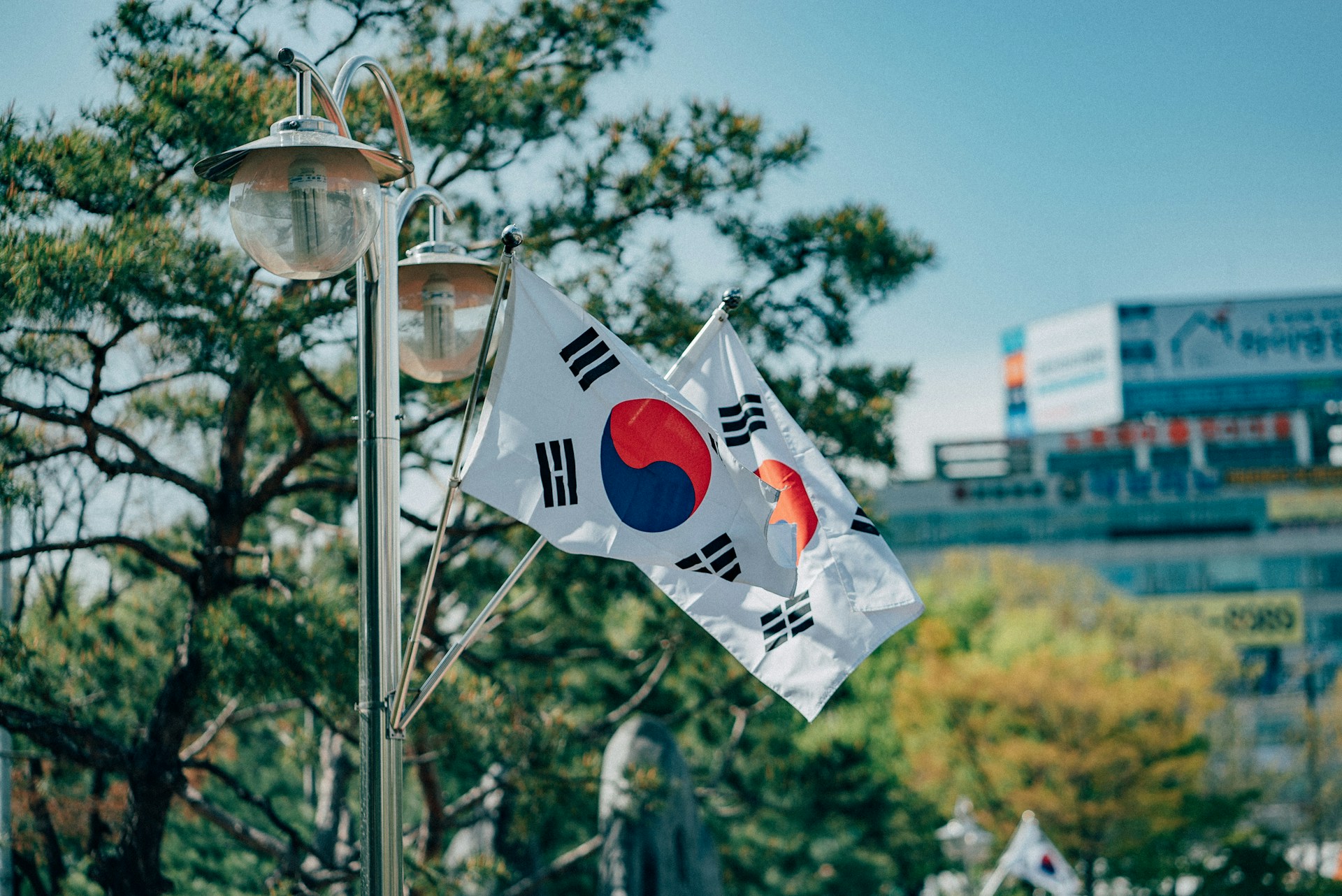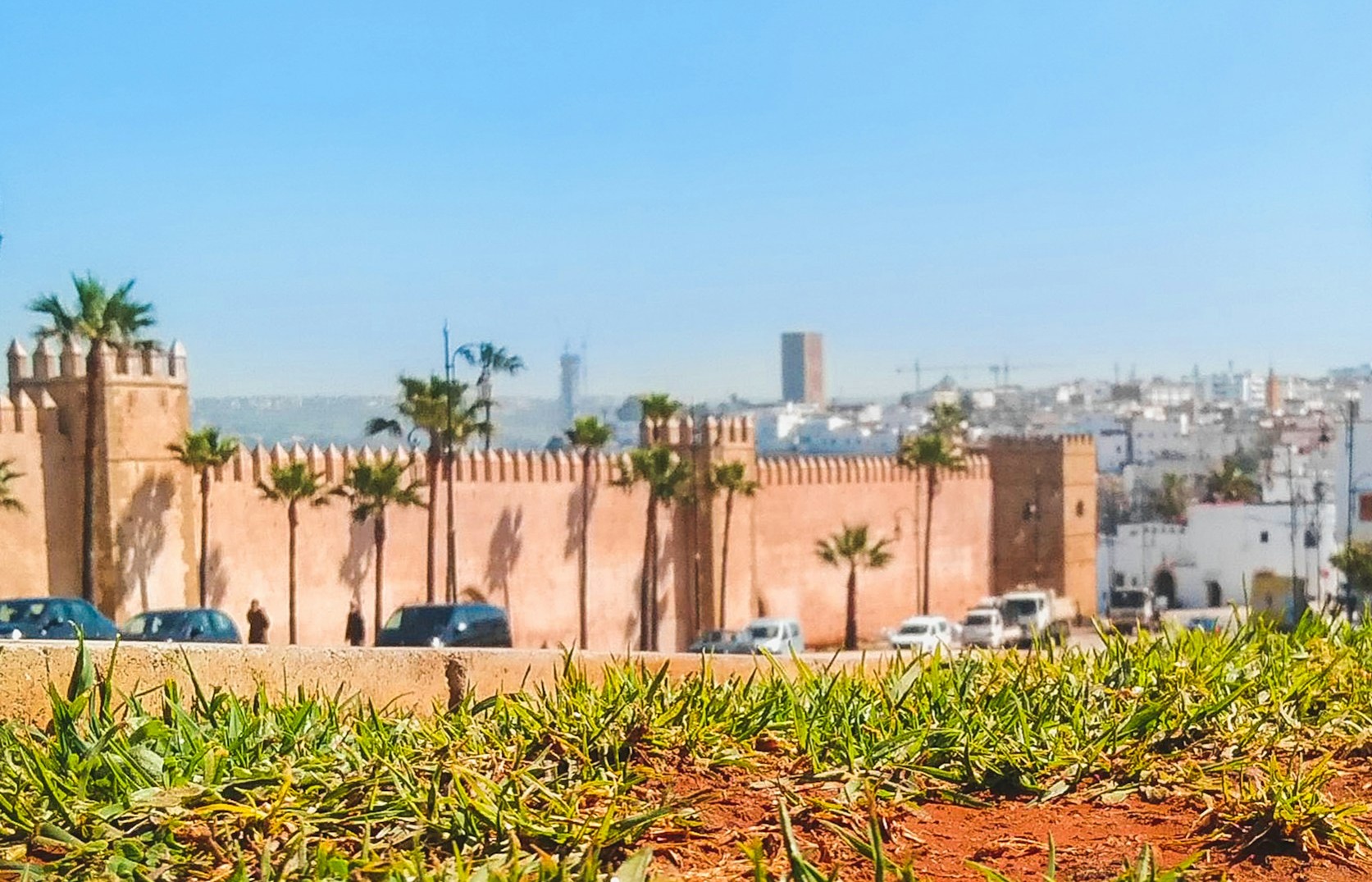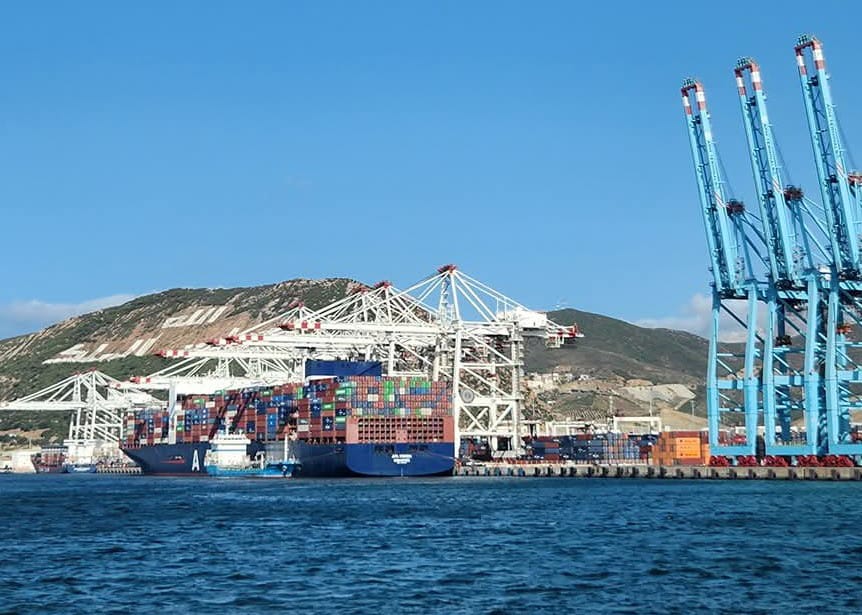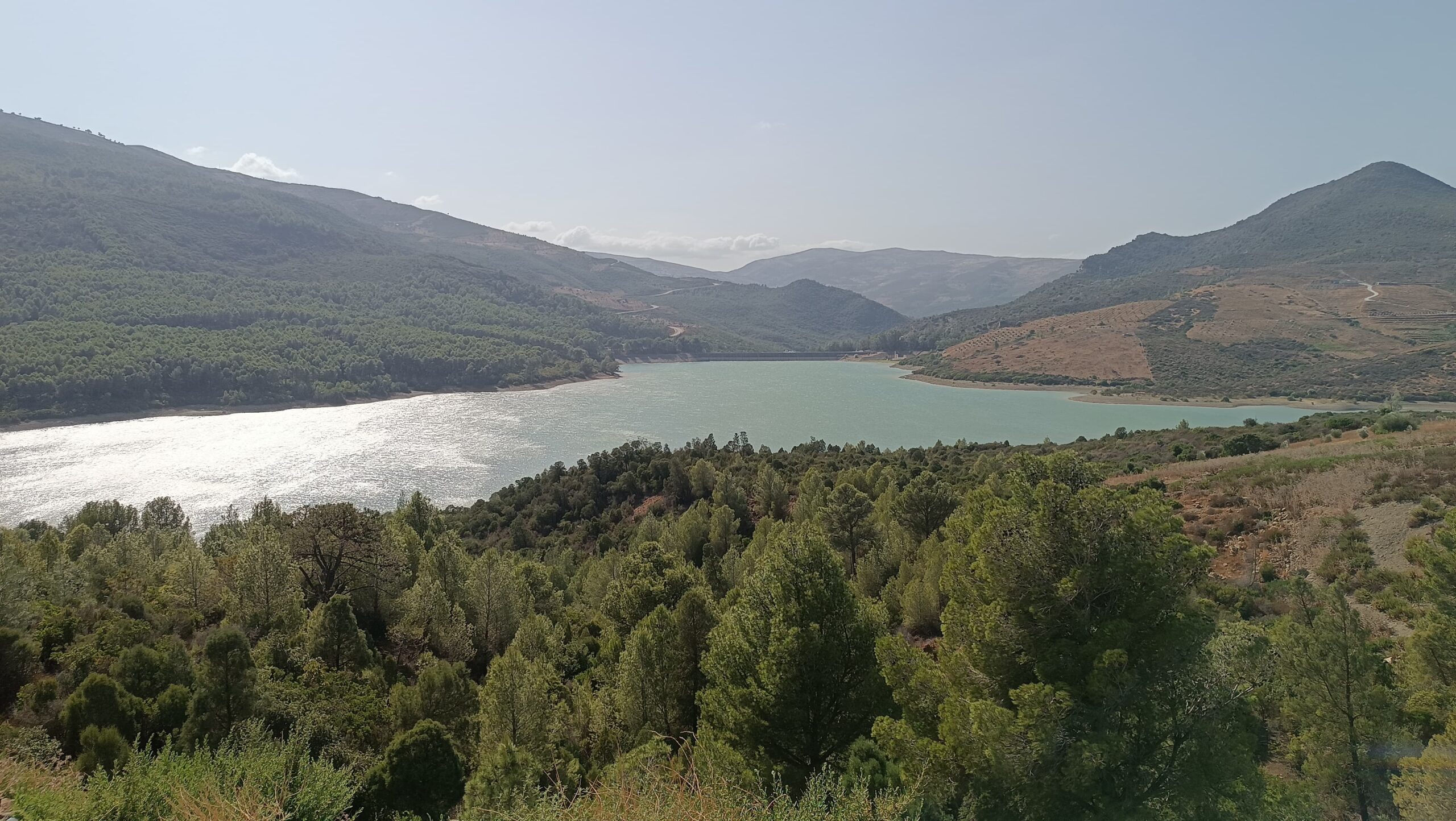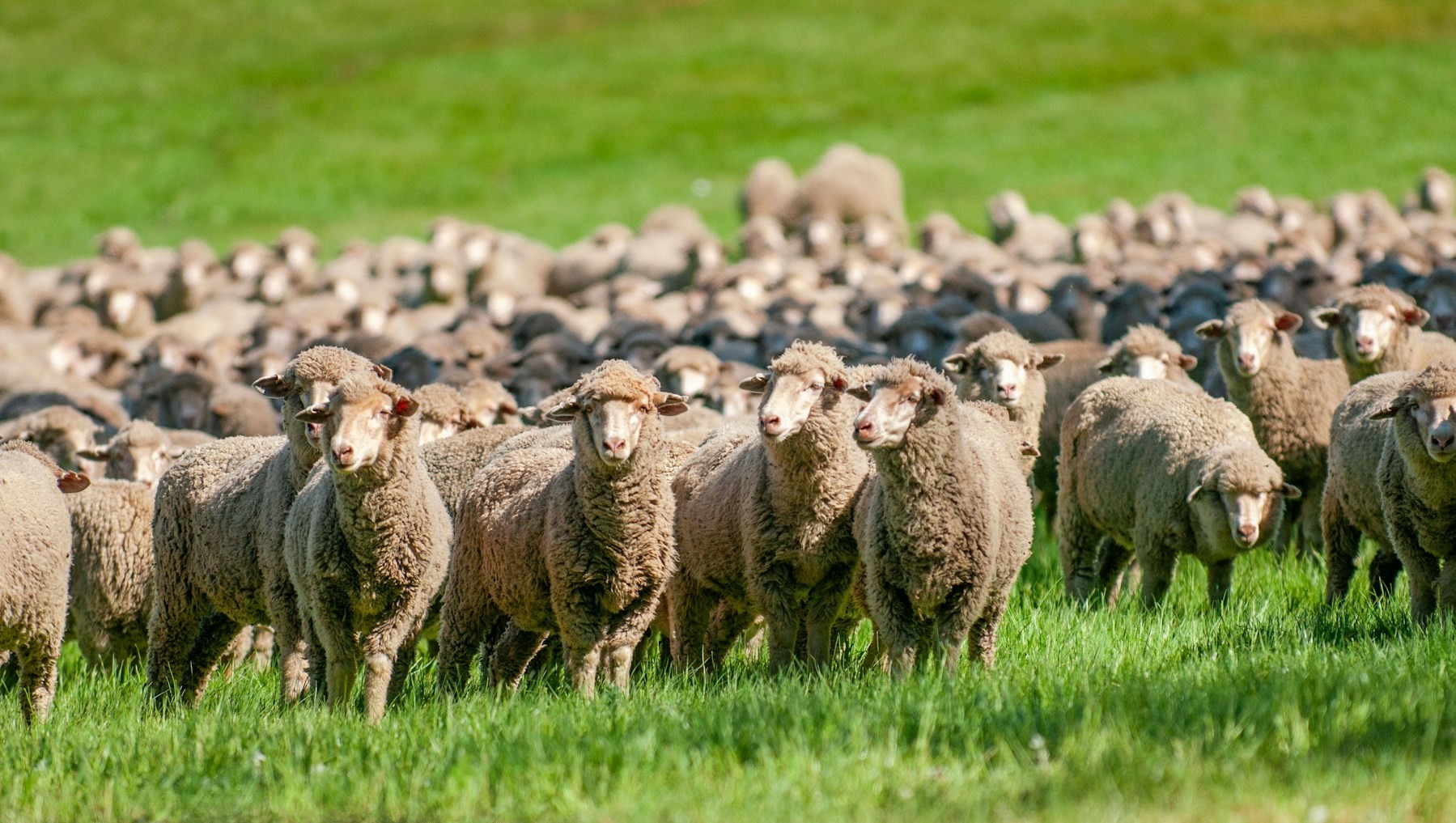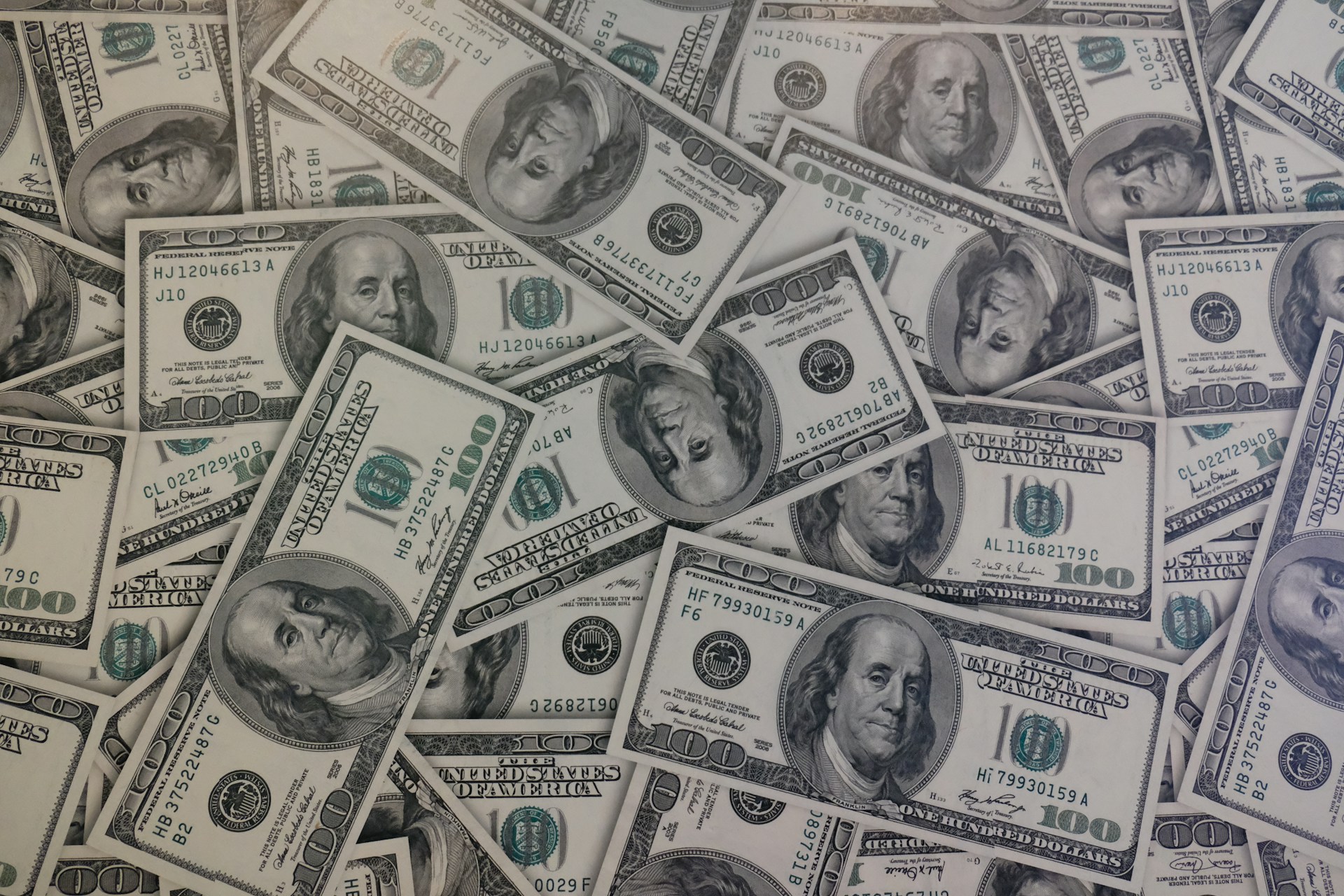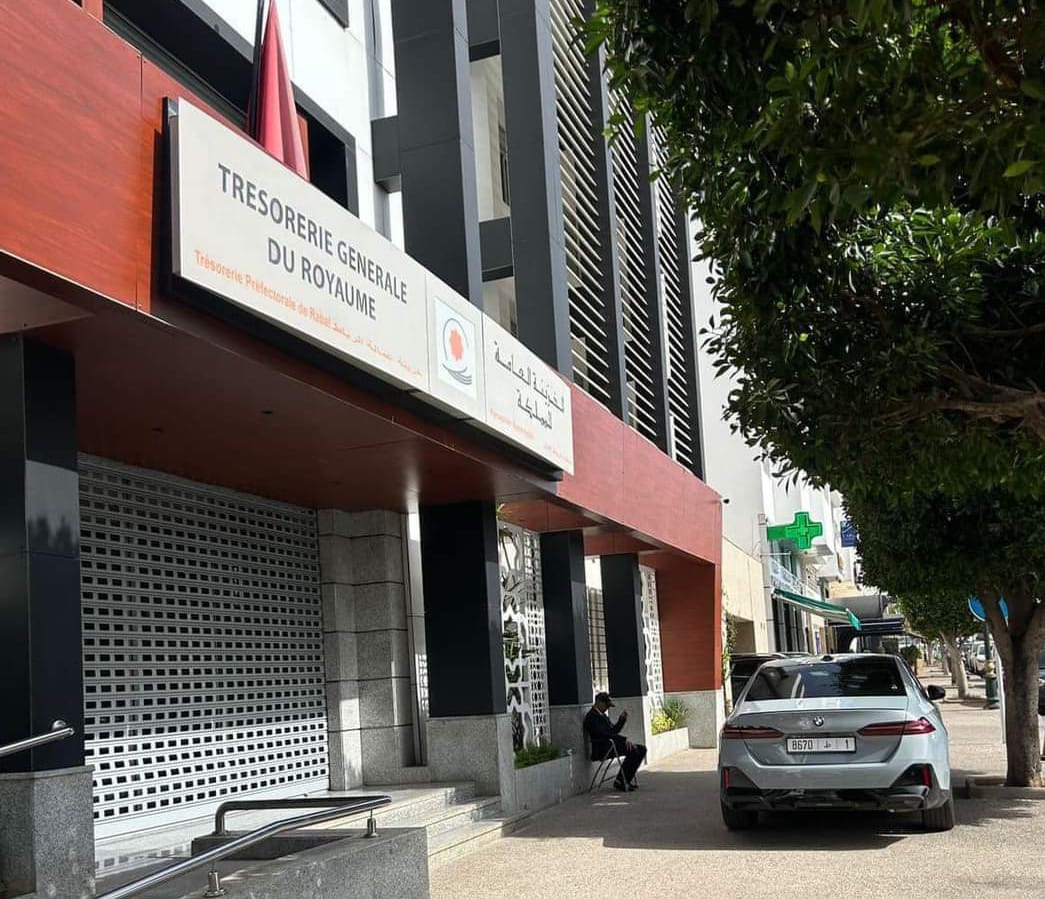Casablanca – Morocco’s economy experienced a slight slowdown in the second quarter of 2024, growing by 2.4%, down from 2.5% during the same period in 2023, according to the latest figures from the High Commission for Planning (HCP). Despite this deceleration, domestic demand remained a key driver of economic activity, helping to moderate the impact of challenges in the agricultural sector.
Non-agricultural growth balances agricultural decline
The report highlights a notable contrast between sectors, with non-agricultural activities showing solid growth of 3.2%, while the agricultural sector suffered a sharp contraction of 4.5%. The downturn in agriculture, coupled with a 14.7% decline in fishing activities, led to an overall 5% drop in primary sector output. This follows a 1.2% increase in the same period of 2023, underscoring the volatility in agricultural performance due to seasonal variations.
Secondary sector rebounds
The secondary sector showed positive momentum, expanding by 3.8% after a contraction of 2.4% in the second quarter of the previous year. Key contributors to this growth included a strong recovery in extractive industries, which surged by 23.6%, reversing a 9.6% decline a year earlier. The construction and public works sector also improved, with a 3.6% increase following a 2.4% decrease in 2023, while manufacturing industries grew by 2.9%, offsetting previous declines. However, the energy sector saw a setback, with electricity, gas, and water activities falling by 6.3%, compared to a modest increase of 0.8% last year.
Tertiary sector shows slower growth
Morocco’s tertiary sector, which includes services, recorded a more modest growth rate of 3.1% in Q2 2024, compared to 5% in the same period the previous year. Several service industries saw marked slowdowns, with the hospitality and restaurant sector, in particular, decelerating sharply to 9.3%, down from 32.8%. Other areas, such as transport and storage (5.1% vs. 6.9%), and real estate (2% vs. 3.2%), also experienced slower growth.
Nonetheless, public administration services grew by 3.6%, up from 3.3%, and trade and vehicle repair activities increased by 1.9%, compared to 0.9% a year earlier. These areas helped mitigate some of the broader slowdown in the services sector.
Inflation and financing needs under control
Despite the overall economic deceleration, Morocco has maintained relatively stable inflation levels. The HCP reported that inflation remained controlled in the second quarter of 2024, with a modest 1.2% increase in the general price level, a significant drop from 7.3% in the same period of 2023. Additionally, the national economy’s need for financing improved, representing just 1.1% of GDP.
Outlook
The Moroccan economy faces mixed signals as it moves into the latter half of 2024. While non-agricultural sectors, particularly extractive industries and construction, continue to show resilience, the challenges in the agricultural sector and slower growth in services could weigh on future performance. Nevertheless, the controlled inflation and stable domestic demand provide some optimism for maintaining balanced growth in the coming months.
